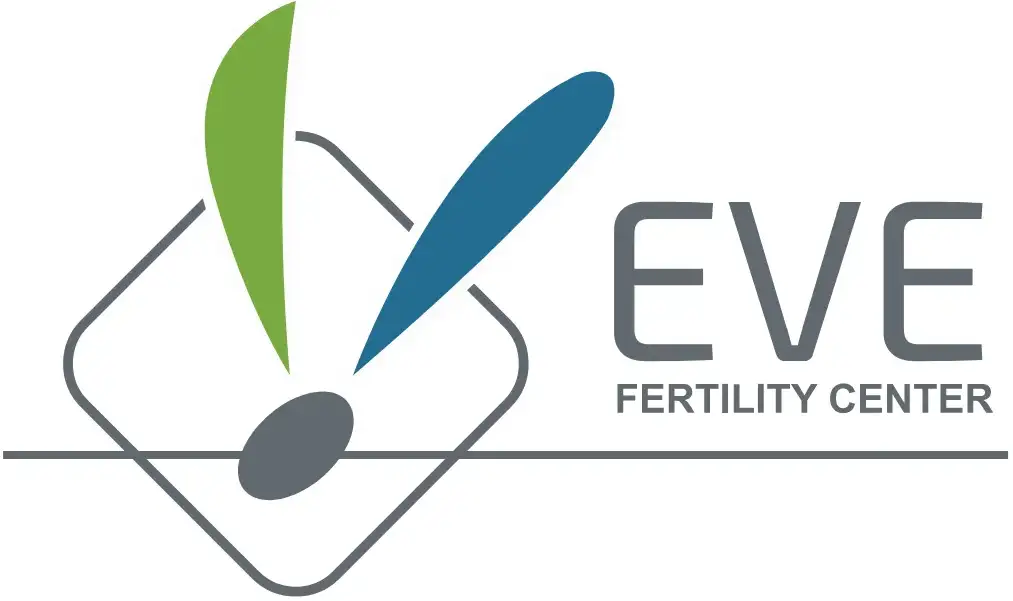useful information
Frequently Asked Questions
There are several protocols that we use in the initiation of an IVF cycle. Most commonly, you will be asked to present to our center In the first or second day of the cycle for an ultrasound. If all is well, you will be instructed to start daily injections of gonadotropins on day 3 of the cycle and you will be prescribed daily injections that you will take once your menses starts. The injections will induce the growth of the follicles. Once these follicles are 18mm in diameter, the doctor will give you an appointment for the aspiration of the follicles (retrieval) which will be followed a few days later by either the transfer of embryos or instructions to freeze the embryos . During stimulation, you may be asked to perform two or three blood hormone tests.
IVF Success rates depend on many factors including the patent’s age, ovarian reserve and the quality of service provided by the IVF center in question. The overall pregnancy rate at our center over the last five years has ranged between 50 to 55% reaching a peak of 60% at age below 30, 52% at ages below 37, 44% at age below 40 .For ages between 40 and 44, our pregnancy rate is 28%
We have three daughters and are looking for a way to have a son. Is there a guaranteed way to do so?
There are many methods doctors may use to increase the chances of a couple to choose the gender of their offspring. However, among these there is only one method that has proven to be effective with a 99% guarantee of success. This method is called pre-implantation Genetic Diagnosis, commonly known as PGD. To do this, the couple must undergo In Vitro Fertilization (IVF), where a cell is taken from each embryo and tested for gender. The embryos with the desired gender are then transferred to the uterus as with regular IVF.
There are many causes of IVF failures in young patients who show apparently unexplained reasons for such failures. We should always check for uterine factors not seen by regular imaging, blood components that may interfere with the immune system and blood coagulation, sperm DNA quality as well as chromosomal abnormalities that may be present in either one of the partners. However, in such cases, we would recommend you undergoing In Vitro Fertilization with preimplantation genetic testing for aneuploidy (PGT-A).
No, there is no glue in IVF. Some doctors and some sites may advertise for what they call as “embryo glue”, but this is not a ‘glue’, just simply a regular medium that everybody uses in IVF. It is easy to see why patients fall for such attractive lies.
In such case, we should check if your husband’s problem is hormonal (from the glands) or testicular (from the testicles). We should do a blood hormonal test which will tell us whether we can prescribe medications (usually injections) to improve the sperm count, or we can retrieve sperm from the testicles (usually by needle) or whether the case is hopeless.
Although stem cell treatment may be available in the future, there are still no wide clinical application to date. Patients are advised not to fall for doctors who pretend to offer such treatment.
Testicular mapping is a very invasive procedure which is used as a last resort for the retrieval of sperm in patients who have Azoospermia and negative testicular biopsies. The testicles are invasively cut in half and sperms are looked for under microscopy. This procedure is still rare and its success is questionable and only few centers offer it in the United States.
If you are above 45 years of age, your chances of having an ongoing pregnancy using IVF is zero. We can safely say that most patients who conceive after the age of 45 do so via oocyte donation and not regular IVF.
Currently, there is no law to how many embryos we can transfer in a cycle. However, we advise couples not to transfer more then 2 embryos.
